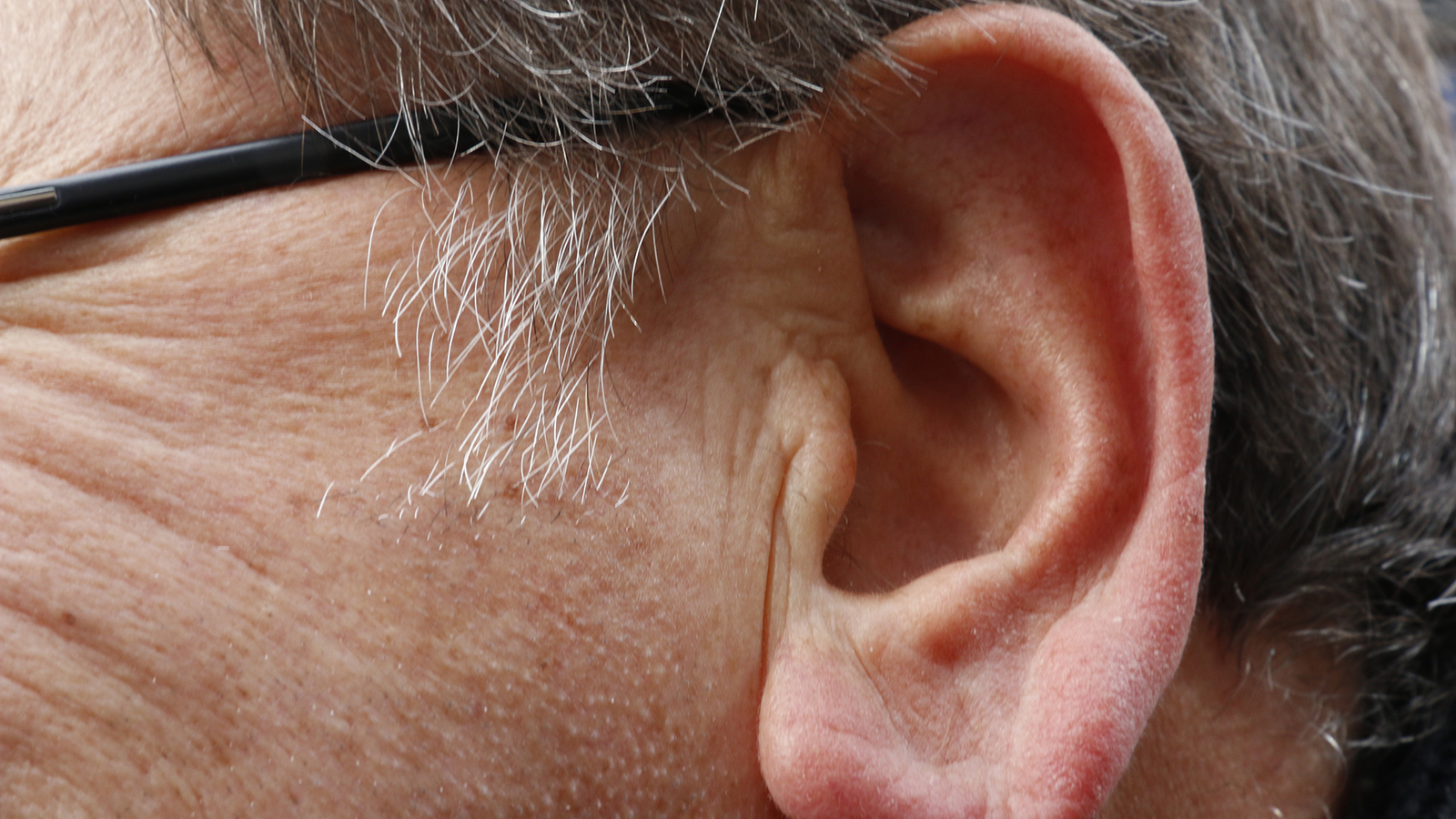
Ear pain or that uncomfortable “plugged” feeling in your ears can happen at the most inconvenient times during a flight, when you’re sick, or even while driving through the mountains. Most of the time, it’s your Eustachian tubes, the small canals passage connecting your middle ear to the back of your throat, struggling to adjust to pressure.

Whether you’re battling a cold, traveling, or just trying to shake off that muffled-ear sensation, here are 11 effective ways to relieve ear pain and pressure.

1. Chew Gum or Suck Hard Candy
Chewing or sucking causes swallowing, which in turn aids your ears in adjusting to pressure shifts. It’s particularly beneficial during airplane take off and landing.

2. Attempt the Valsalva Maneuver
This time-tested pressure-balancing method is to inhale deeply, close your mouth, pinch your nose, and softly blow as though attempting to pop your ears. It should cause a tiny “pop” if done properly, as your Eustachian tubes open. Be gentle, though blowing too fiercely can damage your eardrum.

3. Attempt the Toynbee Maneuver
Another quick trick: pinch your nose shut, keep yourmouth closed, and swallow. Some like it betterwith a sip of water. It is a milder version of the Valsalva maneuver and will likely succeed just as well.

4. Attempt the Frenzel Maneuver
This is one of the more obscure tricks that involves pinching your nose and producing a “K” sound using your tongue. It can open the Eustachian tubes without the pressure of blowing.

5. Drink Water and Stay Alert
Drinking water helps keep your throat and nasal passages moist, encouraging swallowing and preventing congestion. During flight, make an effort to stay awake on takeoff and landing, then you’re more likely to acclimate to pressure naturally while awake.

6. Use Pressure-Regulating Earplugs
Items such as EarPlanes are developed to help equalize pressure slowly, relaxing tension on your ears when flying. They’re worth the investment if you fly frequently or have a sensitive ear to altitude changes.

7. Take Decongestants or Nasal Sprays
If you’re stuffed up from a cold, allergies, or even a respiratory infection, decongestants available over-the-counter or saline nasal sprays can loosen your nasal passages. Spray or take them an hour before your flight, but be careful not to overdo it, some of these sprays bring on rebound congestion. Always consult with your physician, particularly if you have other medical conditions.

8. Relief for Babies and Children
Children’s Eustachian tubes are shorter and more easily blocked. For infants, feeding by breast or bottle on takeoff and landing will aid. Pacifiers also promote swallowing. Older children can blow bubbles, suck on lollipops, or drink from a straw to decrease pressure.

9. Use Ear-Popping Devices
If standard methods aren’t effective, some medical equipment can be of assistance. These devices subtly blow air into your nostrils while you’re swallowing, making it easier to open your Eustachian tubes safely and efficiently.

10. Don’t Fly When You’re Ill (If Possible)
Sickness raises the chances of ear pain and, in certain cases, causes eardrum injury. If you are fighting a severe cold or sinus infection, attempt to postpone travel. If you need to fly, do take precautions and discuss with your physician medications that can possibly prevent ear pain.

11. Know When to See a Doctor
More than likely, pressure change ear pain will go away by itself. But if the pain is intense, persists beyond a few days, or you have hearing loss, see a doctor. It may be an infection, obstruction, or even a burst eardrum, issues that might need treatment from an ENT doctor.

In Summary
Whether you’re flying, fighting off a cold, or just dealing with a stubbornly clogged ear, there are safe and simple strategies ear pain and pressure. Try one or a combination of these proven techniques to feel better and protect your ears from further discomfort.
